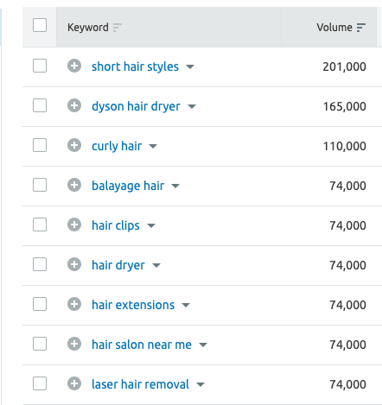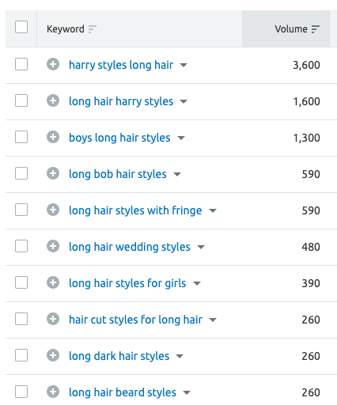
Three members of the IV team headed to BrightonSEO this month to deepen their knowledge on all things SEO. A talk we found particularly interesting focused on the three key steps you can take to improve the organic click-through rate (CTR) of your site.
 Top Three Tips to Improve Your Organic Click-Through Rate
Top Three Tips to Improve Your Organic Click-Through Rate
The organic click-through rate is the percentage of users that click on a search engine result following a keyword search. The higher the CTR for that keyword/search query, the more traffic is being delivered to the website from organic search. The higher the organic CTR the greater the opportunity to engage with and convert that traffic on the website, generating greater numbers of MQLs (marketing qualified leads), or online sales. Whilst organic CTR is largely dependent on how well the site ranks for the relevant keywords, it can also be affected by a variety of other factors. Here are some of our top tips to improve organic CTR.
Think About the Buyer’s Journey
One of the key oversights made when producing website content is that the buyer's journey is not fully considered and catered for. Traditionally there are three stages of the buyer’s journey: awareness, consideration, and decision. The types of content that customers are searching for will vary at each stage of the journey according to their needs at that stage. Consequently, the keywords and queries they use will vary too. It is the marketer’s job to develop compelling content relevant to each stage and focus keyword in order to deliver a higher percentage of the available traffic for each query to their own website rather than their competitors.
For example, in the awareness stage, customers will be searching for information that helps them identify, understand and name the issue/need they are becoming aware of. During this stage, content should be developed around keywords with informational intent. This will allow better engagement with potential customers when they are seeking useful information and learning, making them more likely to click-through to continue their journey process with additional content.
However, towards the other end of the buyer’s journey, transactional terms should be incorporated into content as they target users who have passed through the awareness and consideration stages and are now ready to identify and acquire their chosen solution. This user is already likely to have completed their research so the need for informational keywords is reduced and focus on transactional intent keyword modifiers such as ‘buy’, ‘online’, ‘near me’, ‘discount’ etc is increased.
The Best Keywords Aren’t Always the Biggest
The goal of keyword optimisation is to ensure that chosen keywords are effective at driving the right traffic to the site. Keyword optimisation on site should make it clear to search engine algorithms what your content is about, so they must be allocated effectively to make sure the right traffic is landed on the right page to maximise engagement.
The temptation is often to optimise content towards high volume search terms which are likely to make the content rank higher, however may not improve the CTR. This is because the higher volume search terms may be too broad a match and not specific enough for the content meaning visitors that click through are likely to be less qualified and less engaged with a higher bounce rate.
Instead, consider the target market and use tools such as SEMRush to choose more specific and effective keywords that will deliver fewer, but higher quality clicks. Implementing longer-tail keywords which are potentially lower in volume, but are highly descriptive are more likely to match content to the users search intent.
For example the snips below show broad match results for 'Hair' alongside a longer-tail search for 'Long hair styles'


Optimise Your Metadata
If keyword ranking is good, but organic CTR is still low, it may be caused by ineffective and unoptimised metadata. A meta description is displayed underneath the title of a page, providing an overview to search engines and users of what the page is about. Having a well written and optimised meta description is likely to increase the “curb appeal” of a site, as well as the likelihood of a user clicking through.
There are several aspects to consider when optimising metadata:
- Natural keyword inclusion – think about the searchers intent and include the keywords they are searching within the meta description.
- Make the meta description specific – it’s important to tell readers why they should click on a SERPS result by being clear about what they can expect to find on the page if they click through. Using generalised descriptions similar to the competition is unlikely to differentiate one page from its competition in SERPs.
- Include a call-to-action (CTA) – a meta description should be detailed enough to encourage the user to click through, without being so detailed it answers the question, negating the need to click (known as a ‘zero-click search’). Therefore, including a brief description of the page and the reasons to click, followed by a CTA such as ‘read more here’, is more likely to encourage users to click-through.
Let Us Help
If you are struggling to improve your organic CTR and would like further help and advice on how it can be improved, why not get in touch with a member of our team today? There are so many ways to boost your organic position and drive more qualified traffic, let’s get started!

.png?width=250&height=141&name=image-gen%20(1).png)








